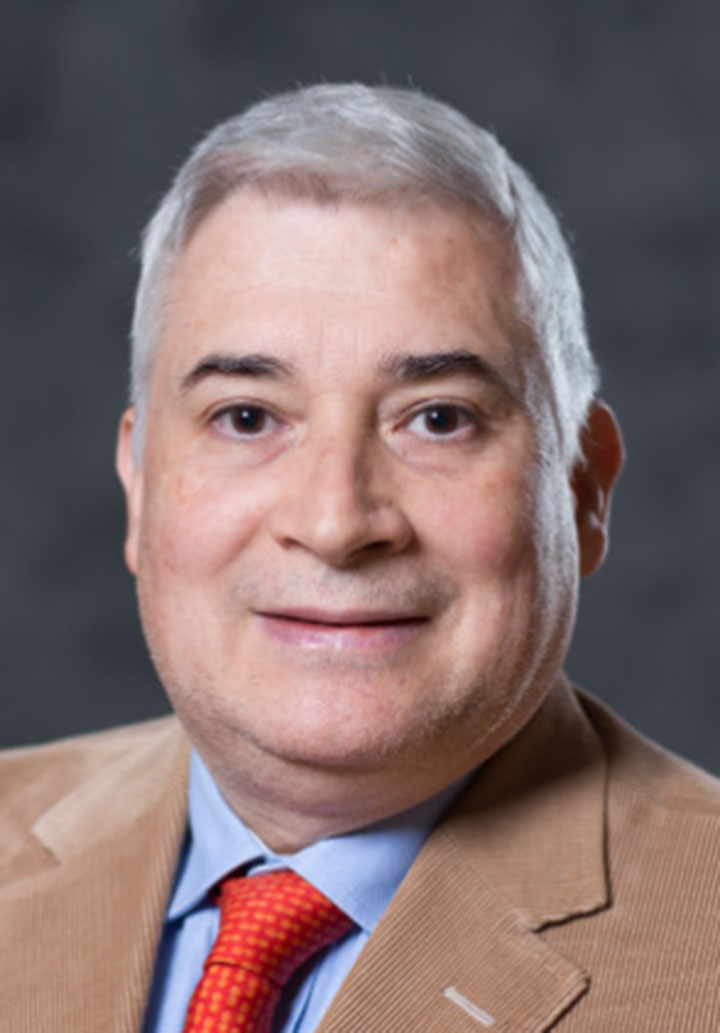Loss Lecture Features Leading Researcher in Nanostructured Materials
Dr. Humberto Terrones, Rayleigh Endowed Chair and professor of physics at Rensselaer Polytechnic Institute (RPI), will present the lecture, “The Fascinating Quantum World of 2-D Materials” as part of St. John Fisher University’s annual Robert and Janice Loss Science Lecture Series, established in 2003 to promote the study of sciences among youth.
The lecture will take place at 7 p.m. on Thursday, March 16, in Cleary Family Auditorium in Kearney Hall.
Before joining the RPI faculty in 2014, Terrones worked at the Oak Ridge National Laboratory, Pennsylvania State University, and internationally in Brazil, Japan, and Belgium. Terrones is a native of Mexico City, and obtained his bachelor’s degree in engineering physics at the Universidad Iberoamericana before completing his doctoral degree at the University of London. His interests are focused on the electronic, optical, mechanical, and chemical applications of layered two-dimensional materials, and using these materials to form new three-dimensional nanostructures.
Working under the supervision of Prof. Alan L. Mackay at the University of London, Terrones was instrumental in understanding how to introduce curvature to graphenic nanostructures. Together, Mackay and Terrones were the first to introduce this concept of curvature in graphite, and the world’s first two-dimensional material, graphene. Today, graphene has an amazing breadth of applications in many fields, including manufacturing, biomedical, engineering, electronics, and energy applications.
Terrones’ lecture will include discussion on the properties of several two-dimensional materials, namely graphene, transition metal dichalcogenides (TMDs), h-boron nitride, and rhenium compounds. Focuses of the talk will include the importance of defects in these 2-D materials, and how these defects can help to predict new behaviors. This will segue into discussion on the use of curvature as a strategy to generate new, more complex materials with a higher degree of functionality. The talk will conclude with remarks on the main challenges that these 2-D materials face in implementation.
Attend the lecture in-person or watch live via Zoom.
